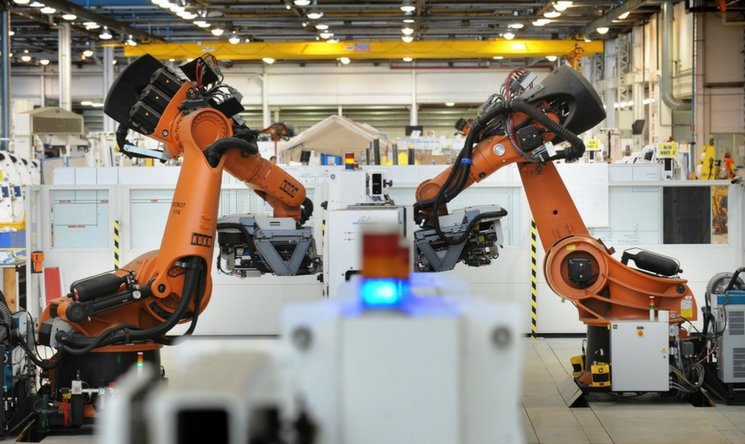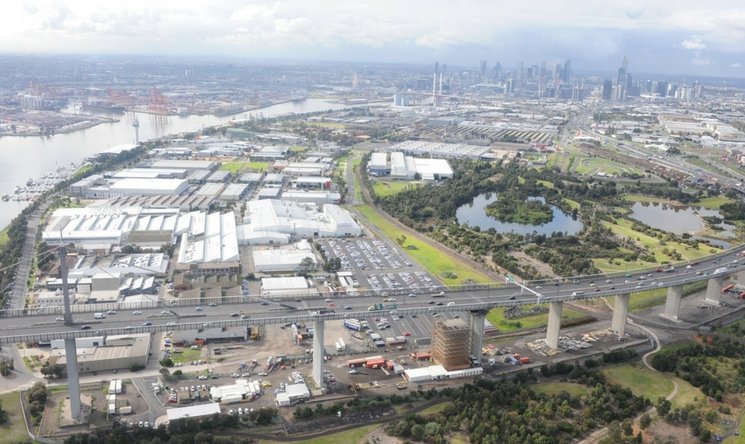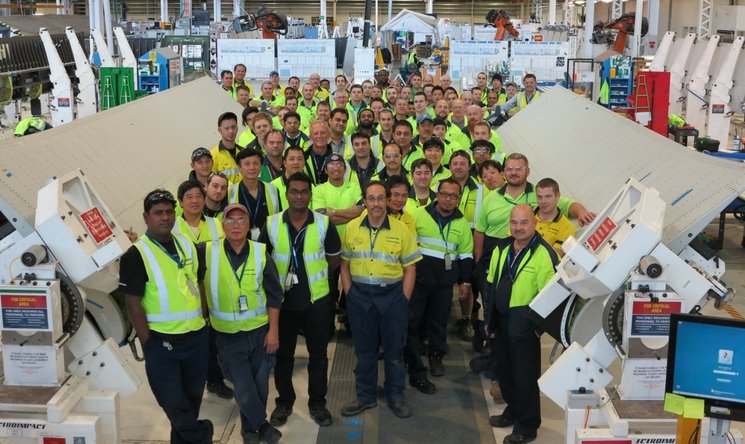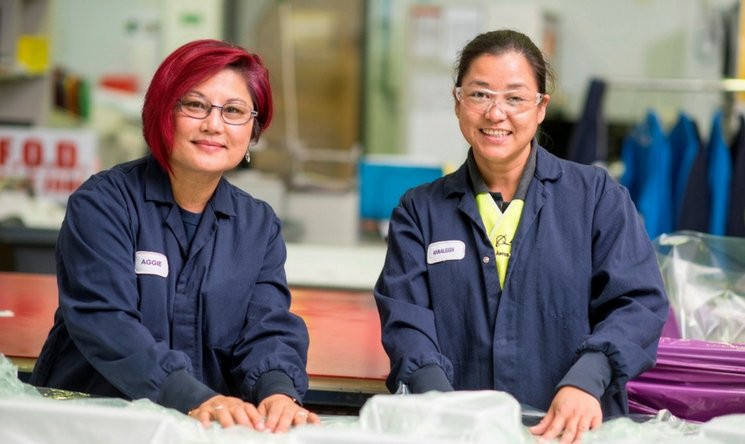The Boeing Company, which produces world-leading airplanes, defense products, and space systems, has its largest manufacturing site outside of the United States in Melbourne. The 1,200-strong BAA team in Fisherman’s Bend is Australia’s only designer and manufacturer of advanced composite aerostructure components for commercial aircraft.
Boeing traces its Australian beginnings back 90 years to when de Havilland Australia set up shop in Melbourne. Today, BAA produces wing and tail control surfaces (such as flaps and rudders) for the 747, 777, 737, and 787 Boeing models.
These components – primarily carbon fiber parts – are fabricated at the factory and then shipped directly to Boeing’s final assembly factories in the US.

While having a long heritage of producing parts in Melbourne, BAA is also known for innovation within the company and the aerospace industry. A key innovation BAA has taken a lead on is the resin-infused carbon fibre structure for Boeing aircraft including the 787 Dreamliner. The resin infusion process requires less infrastructure, labour and energy to produce a composite part, and the weight and efficiency savings created also contribute to increased fuel savings on the aircraft. Also, because of how carbon fibre composite materials are produced, there is less scrap material and waste during the manufacturing process. The resin infusion method of fabricating large carbon fibre parts also eliminates the need for large autoclaves and has dramatically reduced both electrical energy and nitrogen gas used in the older process. Boeing’s Research and Development team, co-located at BAA, continues to develop new airplane design and manufacturing methods that reduce physical footprint, waste, and energy consumption for the site.

The local team’s work to improve its environmental footprint was recognized in Boeing’s 2016 Environment Report. To support future 787 production, Boeing employees in Australia developed an innovative insulation technology. Employees from BAA and Boeing Research & Technology–Australia teamed up to improve the performance of four new ovens that support the resin infusion process used to fabricate 787 movable trailing-edge components.
The savings were achieved by installing new floor insulation under the ovens that led to a faster oven cool down, thousands of dollars of savings each year on electricity, and a significant reduction in carbon dioxide emissions: 148.3 tons (134.5 metric tons), the equivalent of the emissions of an average passenger vehicle driving 515,000 kilometers.
The team is always looking for ways to manufacture in a more efficient and environmentally friendly way, and they have made significant progress in both areas. With the addition of robotics and continuing to refine their processes by partnering with our Boeing Research & Technology teammates, BAA will continue to help lead the way for Boeing’s advanced manufacturing initiatives.


This story originally appeared in the Business Excellence Magazine, Volume 10, Issue 2, Winter 2017.
 |
Mike BunkerManaging Director, Boeing Aerostructures Australia |
Melbourne Chamber Memberships are tailored to the circles you wish to move in to gain maximum exposure and influence for your business.
To receive the latest news straight to your inbox, sign up now!